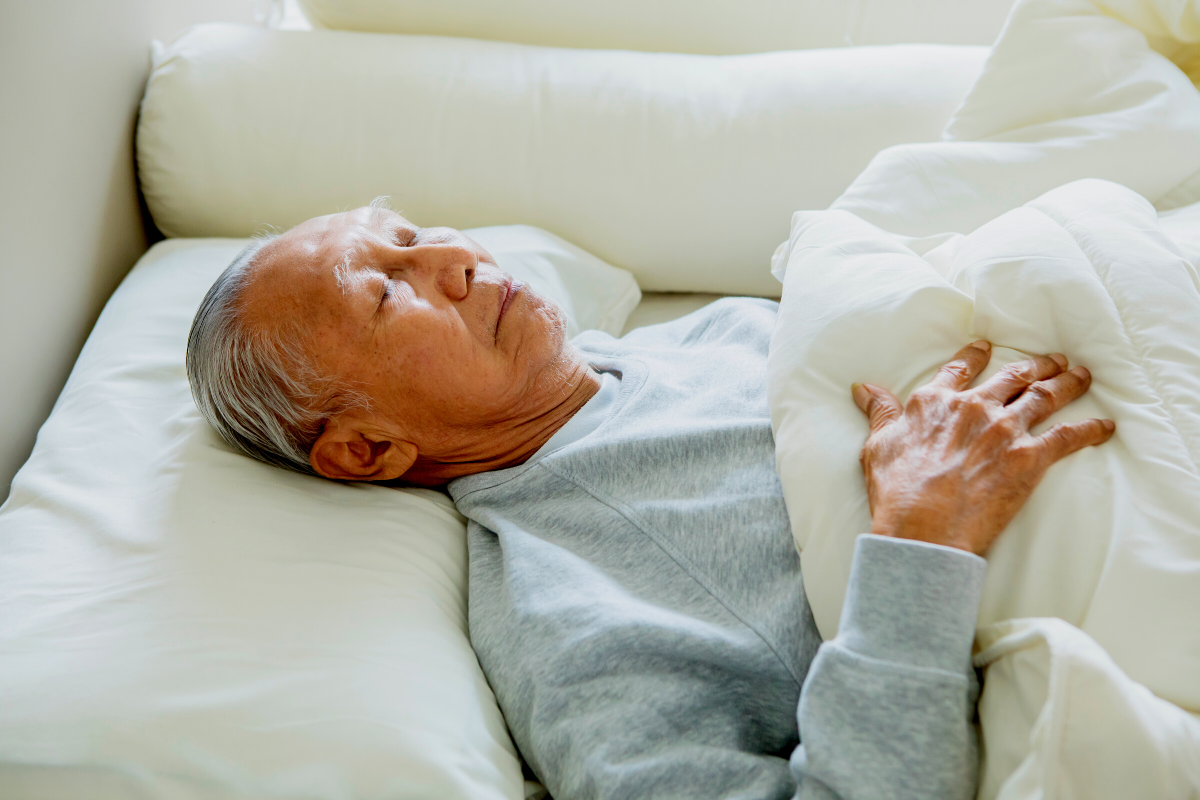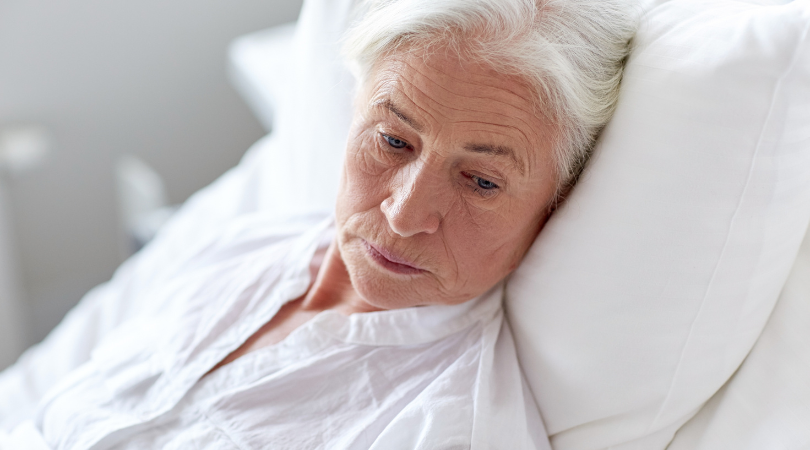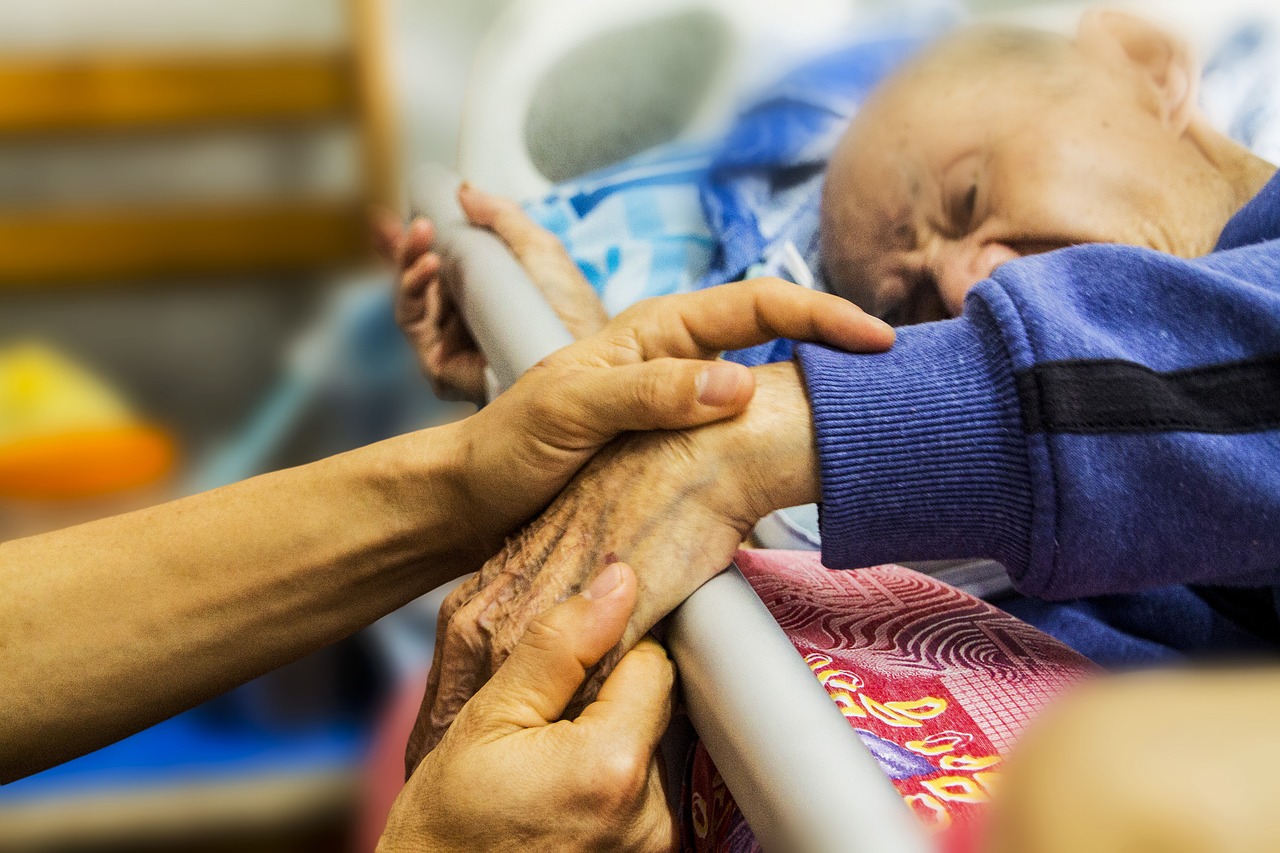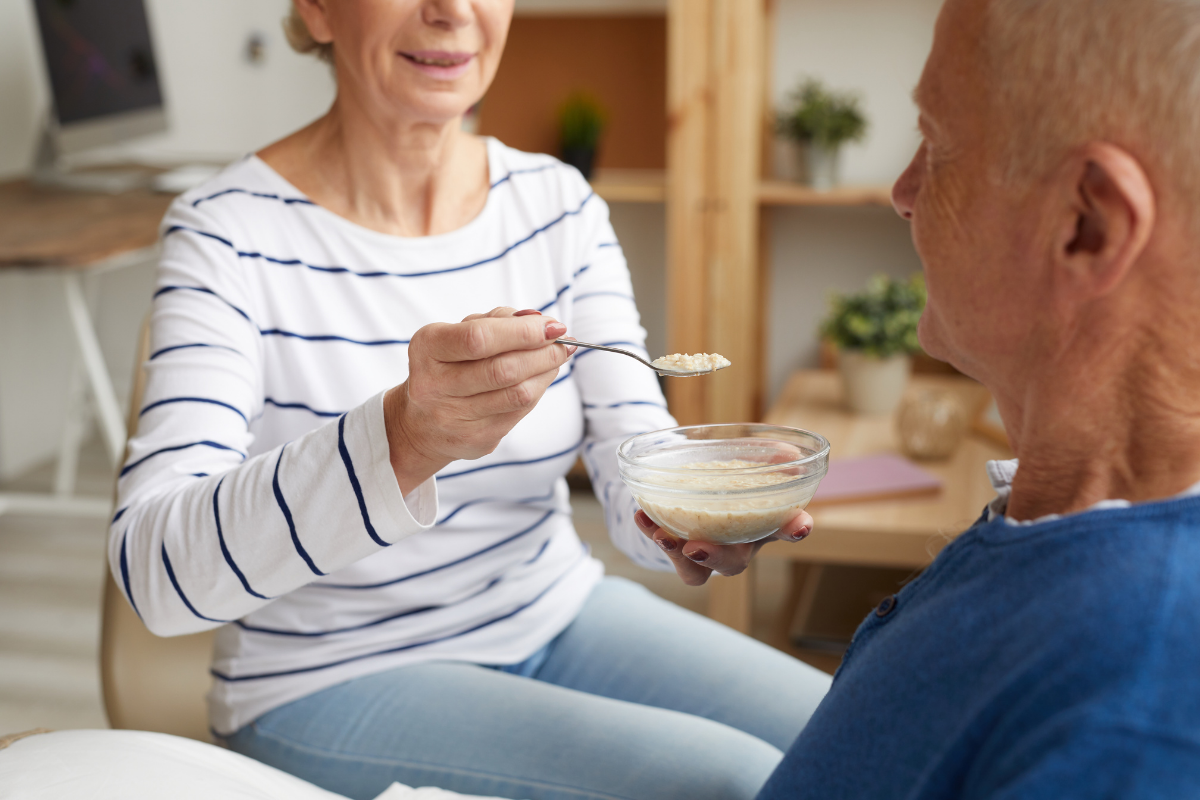Insomnia and the Terminally Ill

There’s nothing better than a good night’s sleep. Unfortunately, sleep disorders are quite common, even in the elderly and terminally ill. If you are sleep deprived, you have a heightened sense of symptoms. This means that there can be a reduced tolerance to pain, decreased focus, and decreased quality of life.
Non-Pharmacological Treatments for Insomnia
Insomnia can be treated with both nonpharmacologic and pharmacologic therapies. For best results long-term, there are several sleep therapies to try before adding a medication.
- Improve Sleep Hygiene: Anyone with insomnia, even the terminally ill, should be educated on sleep hygiene. Although there is no hard and fast rule on how much someone should sleep, older individuals generally require less sleep than younger individuals. It’s important to establish a regular sleep schedule. This means going to bed and waking around the same time each day.
- Avoid caffeine (especially after 2 pm), alcohol, and long daytime naps. These can all disrupt good sleep.
- Relaxation therapy is a great way to wind down. Relaxation techniques can include meditation (even guided meditation), breathing exercises, progressive muscle relaxation, listening to sleep stories, or hypnosis.
- Create a positive sleep environment by discontinuing use of phones, electronics, and television at least an hour before bed. Blue light suppresses melatonin and disrupts our sleep cycles. These stimuli can actually prevent us from becoming drowsy, making sleep more difficult.
- Physical exercise can significantly help improve sleep. This includes low impact exercise like leg lifts in bed, stretching, walking, Tai Chi, and yoga.

Pharmacological Treatments for Insomnia
There are multiple medication options when treating insomnia. Many of these are designed for short-term use as we want to increase sleep hygiene while we use medications to create a better sleep routine. Below, we explore some of the options available.
1. Benzodiazepines: These have been shown to decrease the time it takes to fall asleep and increase the duration of sleep as well as reduce night-time awakenings. They are recommended for short-term insomnia. Benzodiazepines have a high risk of amnesia and rebound insomnia. It is also important to be cautious about the risk of falls, paradoxical agitation, cognitive impairment, and respiratory depression when combined with opioids, especially in the elderly.
a.) Temazepam – Good for sleep induction and maintenance, but risk of daytime drowsiness.
b.) Triazolam – Rapid sleep induction, but not ideal for sleep maintenance.
c.) Lorazepam – Good for sleep induction and maintenance, but there is a risk of daytime drowsiness.
d.) Clonazepam – Slow sleep induction, and there is a risk of metabolite accumulation as well as a high risk of daytime sedation
2. Benzodiazepine receptor agonists: These have a lower potential for addiction as well as rebound insomnia.
a.) Zolpidem – Short-onset, intermediate duration of action, but no clear advantage over benzodiazepines.
b.) Zaleplon – Ultrashort acting and costly.
c.) Eszopiclone – Short-onset, intermediate duration of action, but no clear advantage over benzodiazepines.
3. Antidepressants with sedative properties: These can be beneficial for depressed patients.
a.) Trazodone – Increased risk of daytime sedation, confusion, constipation, and orthostasis
b.) Amitriptyline – watch for daytime sedation, anticholinergic effects, and cardiovascular problems.
c.) Mirtazapine –This may be a good option for improving nausea, vomiting, and insomnia, but it cannot be combined with a benzodiazepine.
4. Atypical antipsychotics: These are sometimes used off-label for insomnia and are used in sleep disturbances related to delirium or psychosis. They can be an option for patients who do not respond to first-line treatments.
a.) Risperidone
b.) Olanzapine
c.) Quetiapine
5. Melatonin: This helps regulate the circadian rhythm and is somewhat controversial in use. It is shown to be less effective for chronic insomnia, but it’s shown to be safe with few side effects.
6. Melatonin receptor agonists: These have been shown to reduce sleep latency and increase total sleep time in patients older than 65 with chronic insomnia. The big advantage is there is no abuse potential or dependence, rebound insomnia, or withdrawal effects. However, they can be an expensive medication.
a.) Ramelteon
b.) Tasimelteon
c.) Agomelatine
7. Antihistamines: These are generally not preferred in the elderly population due to drug interactions and anticholinergic side effects.
a.) Diphenhydramine – Increases sleep duration, but not quality. High risk of daytime sedation.
Deciding which therapy or therapies to use really depends on the individual patient and how motivated they are to try either non-pharmacological or pharmacological treatments. When considering treatment for insomnia, it is important to be sure a patient’s pain and other symptoms are well managed as these may be a source of sleep disruption.
If the cause of insomnia is spiritual and existential, the patient’s psychosocial team can help address fears, concerns, and worries that keep a patient awake at night.
DiGi Graham, Doctor of Pharmacy
Chief Corporate Pharmacist
Carrefour Associates
Crossroads supports patients with serious and terminal illness. To learn more about hospice care, please call 1-888-564-3405.
Reference:
Arnold, R. et al. Insomnia: Non-Pharmacologic Treatments. Palliative Care Network of Wisconsin. Accessed August 18, 2022.
If you found this information helpful, please share it with your network and community.
Copyright © 2022 Crossroads Hospice. All rights reserved.




